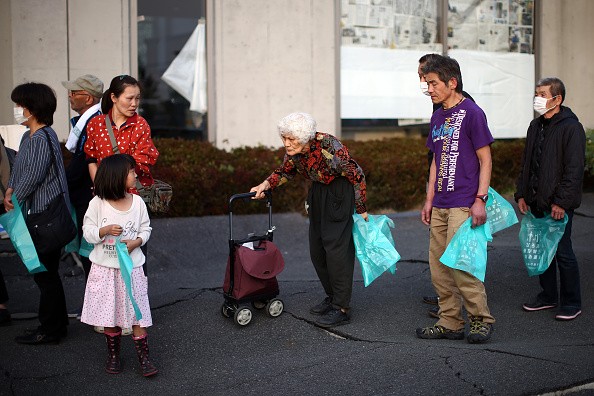Because of the increasing number of senior Japanese citizens developing symptoms of dementia, Japan is using barcodes placed on the thumbnails and toenails of old people to help track them if they wander. However, the use of a tagging system may raise suspicions that it could be the so-called “mark of the beast.”
The tagging system appears to be a double-edged sword that could potentially save the lives of elderly Japanese men and women whose memories may have been affected by Alzheimer’s disease. The transparent, one-inch stick that has a QR code contains vital information about the identity of the senior.
Scanning the sticker, manufactured by a company in Iruma, would provide the name, address, phone number and person to contact if the disoriented senior is found. The barcode sticks on the toenail or fingernail for about two weeks and is water-resistant, BBC reported.
About one-third of Japan’s population is over 60 years old. Up to 3,000 elderly Japanese have exhibited early signs of suffering from dementia. Add those already with the memory-robbing disease, and it would not be surprising that in 2015, more than 12,000 dementia patients were reported missing. Many were found after a few days, however, 150 disappeared and 450 were discovered dead.
Besides the barcode, there are other tracking and tagging devices available in Japan such as wearable soles and pocket GPS trackers. In the UK, a £2,860 ($3,605) granny tracker would keep elder relatives under surveillance 24/7. Among the functions of the device are to track the location of a person, check the food inside their refrigerator, check if medicine was taken and monitor the usage of appliances.
It could even detect if the elder person is lying down or standing up and send to the remote carer the pulse rate of the senior. Atel would market “Grandcare” in the UK. The device, which comes with a tag that sticks to the arm or ankle of a person, is already used in the U.S.



























